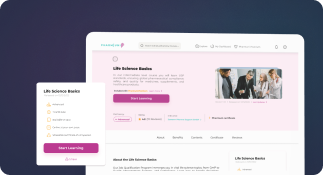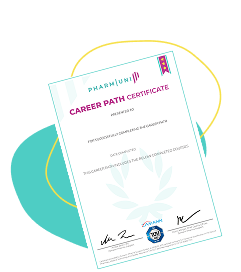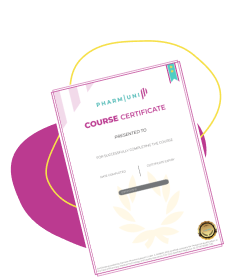Solutions to Grow Your Company
At Pharmuni, we specialize in streamlining the hiring process for the pharmaceutical industry. Our platform is designed to help you attract, manage, and communicate with top-tier talent efficiently.

Enhance Your Recruitment with Pharmuni Business
Pharmuni Business is your dedicated recruitment partner, providing specialized tools and a targeted approach to meet the unique needs of the pharmaceutical sector. Experience the benefits of a comprehensive recruitment solution designed to enhance your hiring process and connect you with the best talent.
Branded Career Sites
Enhance your employer branding with customizable career sites to increase visibility among potential candidates.
Applicant Tracking System
Manage applications, track candidate progress, and streamline your recruitment with our robust ATS.
Curated Talent Pool
Access a pool of highly qualified professionals continuously upskilled through industry-relevant training.
Dedicated Job Board
Our job board is tailored for the pharma industry, ensuring your postings reach highly relevant candidates.
Integrated Candidate Communications
Maintain consistent and efficient interactions with candidates through our integrated messaging tools.
Cost-Effective Solutions
Enjoy competitive pricing with our pay-per-post model, allowing you to control costs while maximizing reach.
Exclusive Coaching for Teams
Equip your team with industry-leading training designed for tangible results and growth. Our coaching can boost your business with these benefits:
Customised Training Plans
Tailored training to meet your unique needs, ensuring your team acquires the precise skills crucial for success.
Enhanced Productivity
Reduce errors and improve overall efficiency with a well-trained team.
Continued Compliance
Keep your teams updated with the latest industry standards and regulations.
Employee Retention
Show your team you’re invested in their growth, leading to increased loyalty and job satisfaction.
Global Flexibility
Advanced online tools allow your team to train from anywhere, minimizing disruptions and maximizing skill acquisition.

2024 Industry Report:
Pharma Skills Shortage
Explore the current market insights and the challenges faced by companies in the Germany and the UK.
In our 2024 reports we investigate these issues at a deeper level and how to implement solutions.
- Improve company performance.
- Elevate team competence.
- Grow the business.
- Compete at a global level.
Upcoming Features
A Glimpse into the Future
At Pharmuni, we’re constantly innovating to bring you the best in business solutions for the Life Science & Pharmaceutical industry. Scroll through our future business solutions that you could soon get your hands on.


